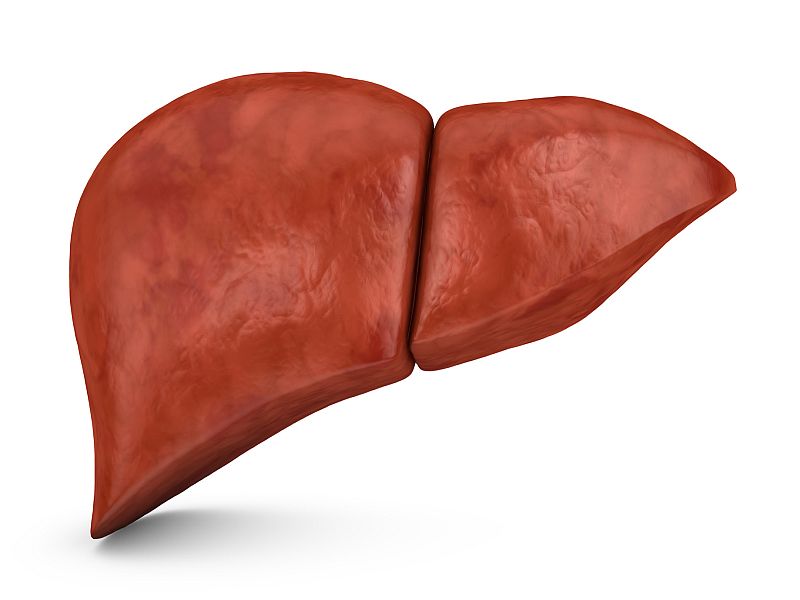FRIDAY, Jan. 19, 2018 (HealthDay News) -- An already bad U.S. flu season hasn't peaked yet, with the numbers of related hospitalizations and deaths cotinuing to rise, health officials said Friday.
Influenza - including the virulent H3N2 strain - remains widespread across every state except Hawaii, according to a weekly update released by the U.S. Centers for Disease Control and Prevention.
The CDC has tracked reported cases up until Jan. 13.
The agency said cases of flu-linked pneumonias and deaths remain above the "epidemic threshold," as the nation's emergency rooms continue to crowd with flu patients.
Flu-linked hospitalization rates continue to rise -- from 13.7 per 100,000 people two weeks ago; to 22.7 last week; and to 31.5 per 100,000 people in the latest weekly report.
Flu patients over 65 are most prone to needing hospital care, the report finds, but rates are high for people between the ages of 50 and 64.
The youngest Americans are also among those at highest risk. Thirty infants or small children have already died from flu this season, with 10 of these tragedies occuring over the latest week of reporting, the CDC said.
And the end to all this misery may be far off: The flu season is expected to last for another 12 weeks.
Still, the American Lung Association says there are things you can do to avoid being stricken by the virus.
"The flu is more than just 'a bad cold.' It's a serious respiratory illness that's easily spread from person to person, usually when the person with the flu coughs or sneezes," said Dr. Norman Edelman, senior scientific advisor for the American Lung Association.
"Symptoms of the flu include fever, cough, weakness, aches and pains," Edelman said in a lung association news release. "Symptoms can range from mild to life-threatening. If you have asthma or other lung diseases, you are at higher risk of developing complications from the flu."
Other vulnerable people include those with weakened immune systems, and the very old and the very young.
The lung association is urging Americans to take precautions to avoid spreading the flu. There are a number of ways people can protect themselves and others. They include:
- Get a flu shot. Even though this year's vaccine isn't a perfect match for the viruses in circulation, it's still the best way to protect against infection. And some protection is better than none. Flu season may not end until May. The flu shot will remain effective for roughly six months. Anyone 6 months or older who still hasn't been immunized should get a flu shot.
- Seek medical attention. People who develop flu-like symptoms should see a doctor right away. Antiviral medications can help ease the effects of the virus, but these drugs are most effective if taken within 48 hours of getting sick. Warning signs of the flu include: high fever, headache, joint or muscle pain, cough, chills, sore throat, congestion and fatigue.
- Don't spread the misery. If you get the flu, take steps to prevent passing the infection onto others. Sick people should cover their mouth and nose with a tissue when coughing or sneezing. Hands should be washed frequently. People should avoid touching their eyes, nose or mouth, particularly if their hands aren't clean. Be sure to disinfect possibly contaminated surfaces and objects. Anyone with the flu should stay home and not go to work or school for about a week. Once flu symptoms appear, people are contagious for five to seven days.
More information
The U.S. Centers for Disease Control and Prevention has more about the flu.
































